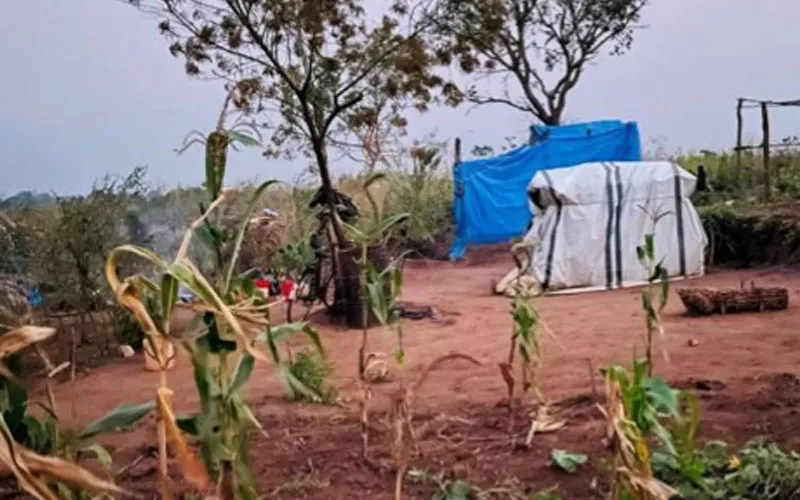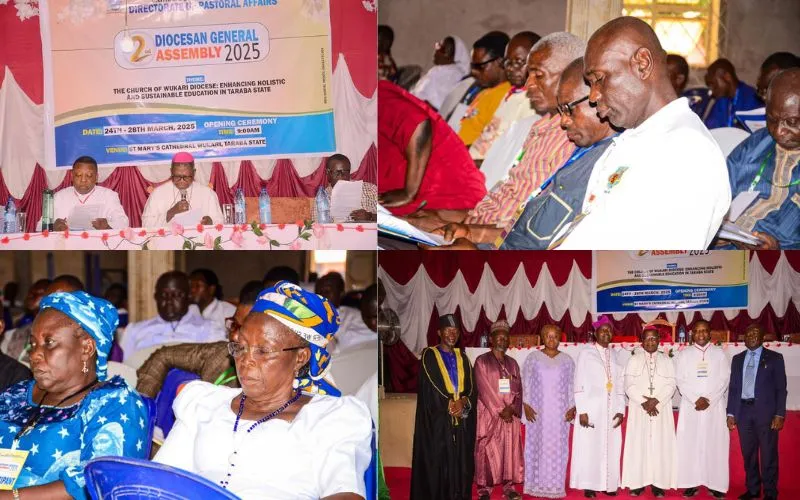Corrane is situated 50 km Southeast of Nampula city, DHPI observes and says, “The track that leads there is almost impassable at the best of times. After the rain, it is impassable.”
The charity foundation finds it regrettable that the choice of Corrane as an IDP settlement has theft the victims of violence stranded in a place where they have no access to economic opportunities.
The IDPs, DHPI notes, are left fully dependent on the humanitarian support they receive from NGOs.
“It is not possible to rebuild a life in a place where all means to do so are lacking,” DHPI says, adding that the location of the site also makes it very difficult for media representatives to get to the IDPs and to tell their story.
According to the peace entity of SACBC, there is a police post at the entrance to the camp, and “unauthorized” visits are not allowed. “What happens there, happens outside of any public scrutiny, thereby consolidating control by the authorities,” DHPI says.
(Story continues below)
Additionally, there has been an increasing deterioration in the quality of housing in the camp, the peace entity says, and explains, “Initially, NGOs (as well as Caritas Nampula) collaborated to build houses according to specifications laid down by the government.”
Further, DHPI was informed of IDPs regularly selling the nonfood items they receive from NGOs, to buy food.
When asked about death rates, local sources point out the old cemetery, which had 22 graves before the arrival of IDPs and is now full.
A second cemetery that was subsequently laid out is also full, DHPI says, and adds, “However, there are no statistics on infant mortality rates or adult deaths due to preventable causes.”
Agnes Aineah is a Kenyan journalist with a background in digital and newspaper reporting. She holds a Master of Arts in Digital Journalism from the Aga Khan University, Graduate School of Media and Communications and a Bachelor's Degree in Linguistics, Media and Communications from Kenya's Moi University. Agnes currently serves as a journalist for ACI Africa.








